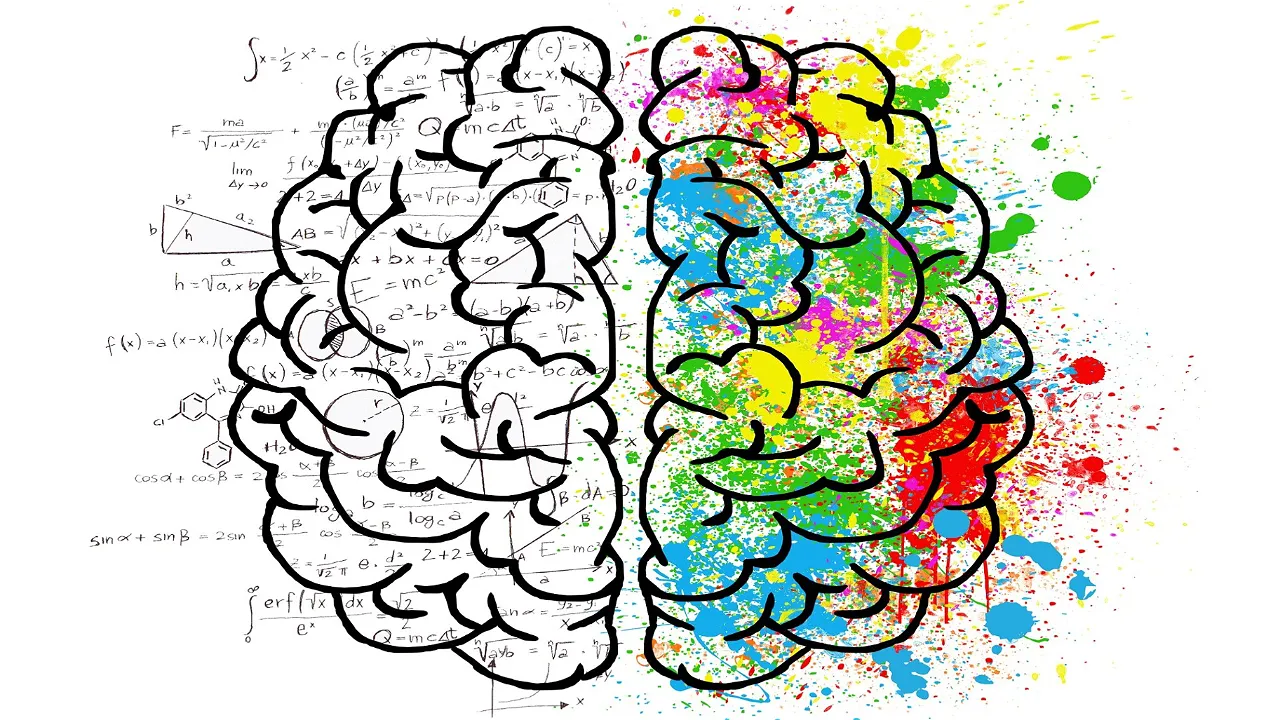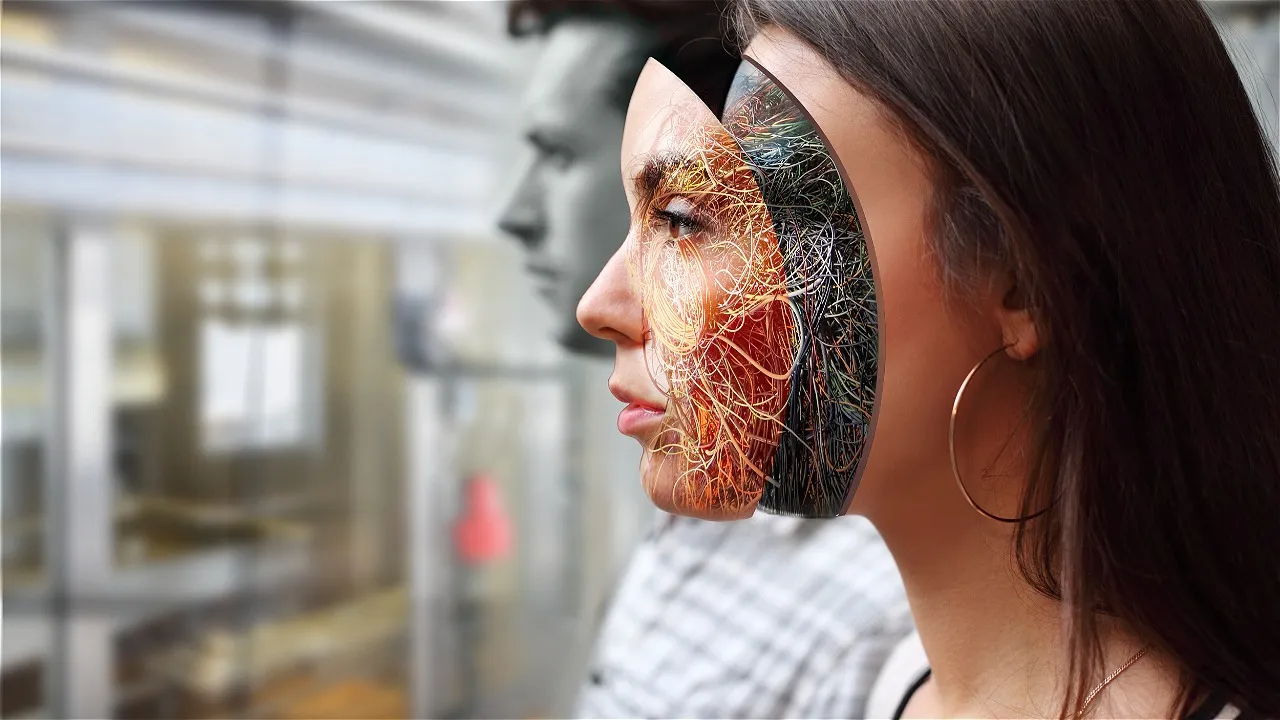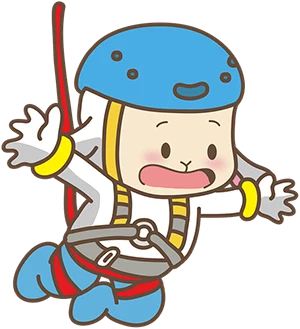
This brief article examines the feasibility of a comprehensive human simulation, the requirements for implementing it, and the potential to either prove or disprove its existence. The subject borders on topics of mathematics and philosophy and has occupied scientists for thousands of years. Paradoxically, I argue that we can never prove or disprove the idea that we live within a simulation, because it can be shown that this is exactly the halting problem, as posed by Alan Turing and Kurt Gödel's mathematical incompleteness.
- Even if you adopt the concept that we live in a simulation, I would like to emphasize that there will never be a deterministic simulation of everything. There must always be a chaotic component, as the thermodynamic equations are violated otherwise. In a state of uncertainty, there is no imagination and no curiosity! There is no purpose to human existence. A situation in which physics and philosophy complement each other. Link: The five thermodynamic laws of curiosity.
The premise is that all activities humans perform, including physiological processes, movement, thinking, emotions, memories, and even the hidden parts of the subconscious, have a mathematical expression. Otherwise, complete algorithms cannot be maintained. It is important to emphasize that proving or disproving this claim is impossible. Link: Gödel's incompleteness theorems. (Wikipedia)
The only universal language in the universe is the combination of the laws of mathematics and logic, along with a few basic senses.
The goal is to develop a mathematical understanding of emotions, behavior, thoughts, and the subconscious. Assuming mathematics is the one that predicts cognitive brain function. (Huge savings in brain research resources)
- The fact that uniform mathematical laws govern the entire universe is well known. Even chaos has mathematical models. Wherever you search, you will find that everything in nature is run mathematically—starting from the number of petals (Fibonacci series), shapes of fruits and vegetables, shapes of galaxies, the hexagonal shape of the honeycomb, different proportions (golden ratio) 4 nucleic acids that make up the genetic load that make up a binary computer code.
- The concept of human simulation is not entirely new; it has been presented in the past in a slightly different context. Mathematics was often created to explain phenomena in physics and chemistry. (Isaac Newton developed the differential calculus out of the need to explain physical phenomena.) In brain research, it is worthwhile to examine the opposite approach. To create the mathematics of "emotions," the new branch of mathematics is likely to predict cognitive brain activity. (Image, sound, smell, and touch are processes that have a clear physical-mathematical expression anyway.)
An encounter with advanced extraterrestrials may lead to an unexpected breakthrough in human simulation.
Extraterrestrial technologies may completely alter our perception of the universe more rapidly than expected.
- The idea of a hive connecting the Earth's inhabitants via supercomputers is not new. If everything is connected, you can run a global simulation!
- Currently, hacking into our thoughts and memories seems like science fiction. However, it already exists in the movies, and the term biohackers is already used. It is probably inevitable in a world where everything is connected and digital.
War scenarios on the National Geographic Channel, featuring Earthlings and extraterrestrials who have created a race of hybrid people with telepathic abilities to connect to an extraterrestrial network, raise questions. Where is the imagination, and where is the reality?
The premise is that our memories, physiology, emotions, and behavior are consequential and can be mathematically simulated.
The branch of biomathematics is in its infancy. Still, producing an intelligent cyborg that functions as a human being would be challenging without a mathematical translation of all human activities.
- Three forces drive human physiology: Biochemical, electrical, and mental-energetic processes.
- The laws of chemistry and physics are well-known and have mathematical expressions. However, the psychic-energetic dimension does not have an exact mathematical measurement because its workings are unclear. (Substantial obstacle)
Whether the brain operates in a binary (digital computer language) or analog manner is undecided.
The mathematical cracking of all brain activities is necessary for human simulation.

The mathematical modeling of brain processes is essential for simulating human behavior.
Both computing methods, analog and binary, have advantages and disadvantages.
- There is no contradiction between these methods. Any binary description can be described analytically and vice versa. The premise is that the brain works with mathematical tools, and all thoughts, emotions, memories, senses, and even the subconscious have a mathematical expression. A combination of analog and binary computing, while effectively dividing roles between them as needed, seems optimal. (Quite similar to the two types of cores in modern CPU processors)
The five primary senses are analog. On this topic, you will find consensus among scientists.
- The subconscious conducts (bidirectional) communication with the universe and people with whom we have a telepathic relationship. The organ that manages the subconscious is, by all indications, the pineal gland located in the center of the brain. (also known as the third eye)
Digital (binary) communication has advantages (and disadvantages) over analog transmission, but it is more efficient and accurate, with fewer interruptions.
- Since nature has ensured that we are always very efficient, I suggest that the subconscious works in binary communication. (PC-like with 0.1) It refers to the bidirectional transformation between binary and analog transmission, and vice versa. It is a resource-intensive activity. Therefore, it is unsurprising that the conscious brain utilizes only 10% of its potential, a significant portion of the seemingly new abilities employed by the subconscious.
Although not romantic, concepts such as beauty and love, as well as positive and negative emotions, can have mathematical expressions.
- Despite much brain research development, most processes have not yet been mapped. Cyborgs will have to apply complex mathematical laws to be "human." Otherwise, they will be "robots."
Precise simulation of all human body physiology, behavior, and emotions can open new, unbelievable horizons!
- The number of processes in the human body is finite, which changes occasionally but allows for a complete computer sim, similar to what you see in science fiction movies.
- If we fully control the simulation of all physiological and emotional processes, it will be possible to cure any disease and even prevent aging.
Why is it impossible to reach high levels of superintelligence without a mathematical simulation of curiosity, imagination, creativity, emotions, and thoughts?
- Artificial intelligence burst into our lives all at once, mainly thanks to ChatGPT, an artificial intelligence engine acquired by Microsoft that signaled a massive war over the new winning technology. In my assessment, the call by Elon Musk, Professor Yuval Noah Harari, and many experts in artificial intelligence to halt the development of artificial intelligence until appropriate technological ethics are formulated creates the opposite phenomenon: an increase in the development of artificial intelligence. As! New technology cannot be stopped or delayed.
Artificial intelligence is critical for the mathematical cracking of all human cognition.
Link: Artificial intelligence (AI) can be developed on four levels.
My suggested definition of artificial intelligence.
"Simulation of human capabilities embedded with moral values while synergistically enhancing them—Integrating immense computing power with existing and unexplored human brain capabilities."
- Present complex data analysis and locate hidden connections while expressing these variables mathematically. Provide expert recommendations and suggestions for improvement and initiate research and development in unfamiliar fields.
- Since all AI systems are based on mathematical algorithms, one of the main challenges is creating mathematical connections between seemingly unrelated variables.
The legal world and various regulators must be involved in writing the code of ethics and fundamental moral values of artificial intelligence. Values such as equality, justice, transparency, truth, fairness, integrity, violence prevention, and more must be embedded in the basic code of artificial intelligence. (without being able to change by individuals)
Artificial intelligence systems can be categorized into four different levels.
The gaps between the different levels are orders of magnitude in complexity. Each level of AI builds upon the capabilities of its predecessor, incorporating new features.
- Processing a vast amount of information, collecting materials from various sources, and presenting them consistently, visually, and user-friendly, emphasizing the opposing opinions and expert assessments regarding the different options and their reasonableness.
- An artificial intelligence system that knows how to manage curiosity, imagination, and natural creativity is embedded in the system. (This is not just through feedback questionnaires.)
- Mathematical cracking of senses, emotions, thinking, and intuition (subconsciously) while being able to communicate telepathically with an artificial intelligence system.
- It creates a hive (a familiar motif in science fiction films) that uses the power of the group's thoughts, not just the individual's! This results in exponential enhancement of capabilities.
We are only in the first phase of artificial intelligence for those observing. Humanity faces a massive challenge for future generations.
The scenario of a complete human simulation, above and beyond the limits of the imagination.
- Imagine seeing your future life in a custom simulation with different possible scenarios - your imagination is the limit! Areas of practice, studies, interactions with people, choosing a partner, selecting the right pet, sports adapted to abilities, preferred food, and even potential chronic illnesses and their treatment can be determined in a computer simulation long before they occur in reality.
- The premise is that a mathematical simulation can express every biochemical or biophysical magnetic-electric process. The Terminator in Arnold Schwarzenegger's films is a "human cyborg." Creating such a cyborg requires deciphering many complex mental processes. The primary challenge in developing cyborgs and human simulation stems from the need to simulate the human body's physiology, behavior, and emotions into mathematical formulas.
Imagine getting into a custom human simulator designed specifically for you, rather than a flight simulator.
Only supercomputers embedded with AI have the appropriate processing power for such a project.

A complete human simulation currently appears to be science fiction.
These ideas seem impossible now, just as the views of the writer Jules Verne, as depicted in "Around the World in Eighty Days," which included reaching the moon and back, seemed far-fetched at the time.
- Imagine seeing yourself growing up using a simulator that accurately analyzes the genetic load you carry and your specific environmental and social information.
- A human simulator can prevent and cure any possible (acquired) disease.
- A human simulator is a valuable substitute for chronic disease medications.
There will be no more chronic diseases and cancer because it will produce recovery scenarios in the simulator.
Cyborgs are hybrids of humans and machines. They are often depicted in movies as having entirely human behavior.

The branch of bio-mathematics is in its infancy, yet it is necessary for achieving full artificial intelligence!
Communication with extraterrestrials and the construction of advanced humanoid cyborgs are based on bio-mathematics.
The only universal language in the universe is the laws of mathematics and logic combined with sound and image (which have mathematical expressions)
- If intelligent extraterrestrial life has been created to a level that is appropriate for communication, it must possess a mastery of mathematics and logic.
- Mathematics is the language of nature, and even if the extraterrestrial symbols are different from ours, deciphering mathematics is not relatively complex.
Although not romantic, concepts such as beauty and love, positive and negative emotions, and memories can likely have mathematical expressions. The question is philosophical, but its implications are far-reaching for the human race.
What does it take to prove that we live in a simulation? I argue that this is exactly Alan Turing's halting problem.
The possibility of living in a computer simulation has appeared in well-known films such as The Matrix and Jumanji. The paradox is that we will never succeed in verifying or denying this possibility.
- It is where the story begins to become much more exciting and complicated. Living in a complete simulation is more plausible if we have reached a perfect human body simulation. Still, even well-known physicists do not rule out this possibility. It is precisely the possibility that we live in a simulation that helps solve many of the mysteries of modern physics.
Proving that we live with absolute free will without external involvement is enough to prove that at least one human activity cannot be expressed using mathematical algorithms.
Alan Turing proved that any mathematical algorithm could be translated into a Turing machine. (computer) The simulation question can be phrased in the following way:
- Take (as a thought exercise) all the algorithms that supposedly manage nature (quantity doesn't matter) and ask the following question: Will the simulation stop (because it lacks algorithms that manage unexplained properties)?
- If it stops, it means we are not living in a simulation; if not, we are living in one.
- But this is precisely Alan Turing's halting problem and Kurt Goodell's mathematical incompleteness. Luckily (or unfortunately), nothing can be proven.
The idea I am presenting is identical to the halting problem formulated by Alan Turing in 1936. Mathematical incompleteness (formulated by Kurt Goodell) holds that some statements cannot be proven or ruled out, no matter how many hypotheses we add.
- It is worth emphasizing that this is a profound and multifaceted topic that has long preoccupied mathematicians and philosophers, concerning the logical limitations of mathematics and computing. The Austrian mathematician and philosopher Kurt Gödel proved that there is a logical contradiction in mathematics. The problem is known as incompleteness. Following him, Alan Turing expanded the problem and translated it into computer science.
Is there sufficient computing power to simulate all human beings?
- The answer concerns the nature of the simulation. Assuming that simulation controls only significant milestones in our lives, rather than every second and every marginal decision, the answer is "yes." The computing power required is enormous, but probably theoretically possible.
The (shocking) conclusion is that we will probably never be able to prove any of the theses on the subject. The secret of life's essence will remain forever!
A research proposal could examine arguments for living in a computer simulation. (Not an unequivocal conclusion)
The findings cannot unequivocally prove one of the two possibilities; they can only strengthen the reasonable possibility of the two.
- Observing flora and fauna from the dawn of creation may shed light on far-reaching philosophical and scientific questions. It turns out that insects, flowers, and plants apply complex mathematical optimization methods. If you want examples, look for the explanations for why the beehive is made of hexagons. Why are flowers arranged according to the Fibonacci series, etc.? (There are many examples.)
- Suppose we prove that a beehive 100 million years ago was actually in the shape of squares (compared to the hexagons it has today). In that case, there is evidence that this is indeed an evolutionary event. If we assume we will find 480-million-year-old fossils of flies with eyes arranged in hexagons, then it is probably not about evolution but creation itself.
Incompleteness theorem - Math's Fundamental Flaw.
The boundaries of mathematics and philosophy are blurred anyway!

The premise is that all activities humans perform, including physiological processes, movement, thinking, emotions, memories, and even the hidden parts of the subconscious, have a mathematical expression. Otherwise, complete algorithms cannot be maintained. It is important to emphasize that proving or disproving this claim is impossible.

